begin quote from:
https://www.cnn.com/2023/03/23/us/atmospheric-river-winter-california-drought-climate/index.html
Record snowpack, nearly full reservoirs: Here’s the state of California’s drought after an epic winter
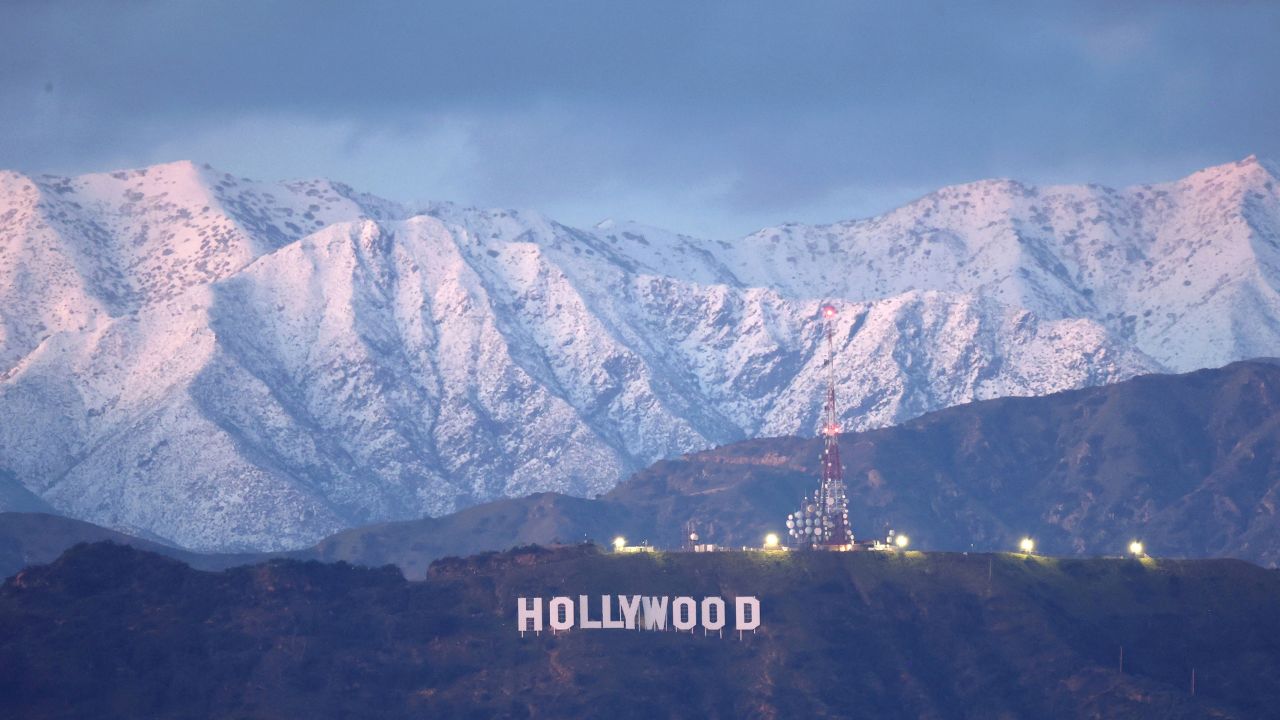
California has faced an onslaught of powerful, atmospheric river storms this winter, which has led to record-breaking snowpack, nearly full reservoirs and overflowing watersheds.
At this time last year, all of California was caught in a drought. But according to the latest US Drought Monitor released Thursday morning, just over a third of California remains in some level of drought – the lowest amount since the drought began – with severe drought only covering 8% of the state.
For the last three years, the state has been in desperate need of some rain and snow. Just a month ago, more than 33 million people in California, including in the major metropolitan areas of Los Angeles, San Francisco and San Diego, were facing an unrelenting drought. Years of unfavorable precipitation trends and more intense heat waves have fed directly to the state’s prolonged, historic megadrought that has triggered dire water shortages.
Now, that number has dropped dramatically, with 4.6 million people still facing drought conditions.
Snowpack, which serves as a natural reservoir that eases the drought, has largely reached an all-time record high. The state’s largest reservoirs, which were recently at critically low levels, have been replenished and are way past its historical averages. Groundwater reserves, however, are still having a hard time recovering, even with all the rain.
“The good news is that the wet winter has eased the drought significantly,” Jon Gottschalck, of the Climate Prediction Center at the National Oceanic and Atmospheric Administration, said at a media briefing last week. “Drought is expected to improve further or go away completely across much of California.”
Here is where things stand in California after this epic winter.
Above the surface
Climate researchers have said it’s the lack of precipitation, higher temperatures and an increase in evaporative demand – also known as the “thirst of the atmosphere” – that had pushed the West’s drought into historic territory.
So these storms, experts say, were desperately needed. After at least 12 significant atmospheric river storms pummeled California since December, rainfall totals amounted to 150% to 200% of normal since October across most major cities.
Since October 1, the start of the water year, Los Angeles has received more than 24 inches of rain, which is nearly 200% of normal for the time period. In addition, San Francisco, Oakland, Sacramento, Stockton and Fresno have also all seen 150% to 200% of their normal rainfall since then.
High-elevation snowpack in the Sierra Nevada accounts for 30% of California’s fresh water supply in an average year, according to the California Department of Water Resources. After years of being at record lows, the state is seeing more than double what they normally see on April 1, when the state surveys the snowpack to forecast the year’s water resources.
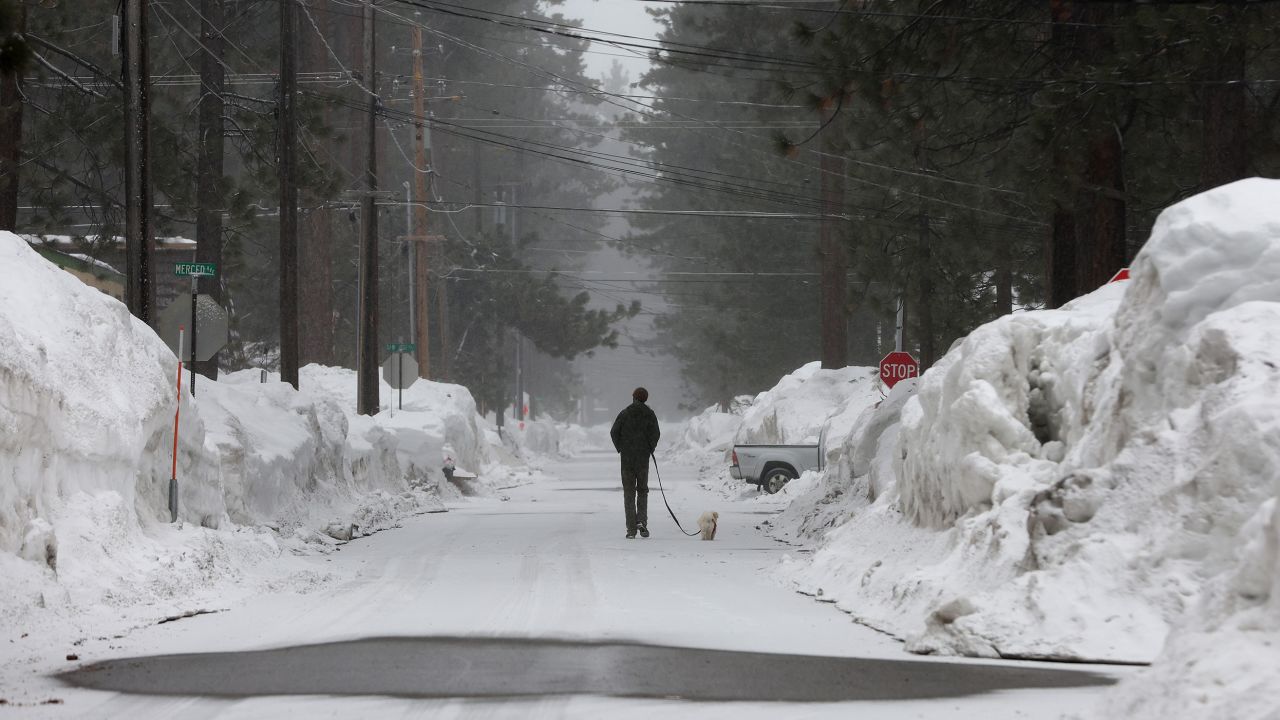
The Southern Sierra now stands at 283% of normal and has never been higher since official record-keeping began in the 1950s. The Central Sierra is at 231% of normal, which is almost at record high, and may reach that point soon after this most recent atmospheric river storm.
Meanwhile, the Berkeley Central Sierra Snow Lab near Tahoe reported Monday that it has received 677 inches of snow this winter, which is second only to the winter of 1952, when 812 inches fell.
The barrage of storms has also increased soil moisture, which is good for California’s severely parched vegetation. Moisture in plants help keep California wildfires at bay, and April 1 is usually the time of the year when the state has the highest fuel moisture content.
Brad Rippey, meteorologist with the US Department of Agriculture, said the acres of land that have been fallowed due to the drought should decrease in California for the 2023 growing season due to improved water allocations. Land for rice production in the Central Valley, for example, decreased from 517,000 acres in 2020 to 256,000 acres last year, according to the USDA.
But “those gains may be partially offset in areas where levee breaches caused extensive flooding,” Rippey said. “Severely flooded agricultural land, including areas along the Salinas and Pajaro Rivers, may not be planted in 2023 due to soil contamination, pathogenic testing or simply missing the appropriate window for planting.”
Nearly full reservoirs
This winter’s precipitation will undoubtedly help the state’s reservoirs in the short-term, which have for several years been running at critically low levels.
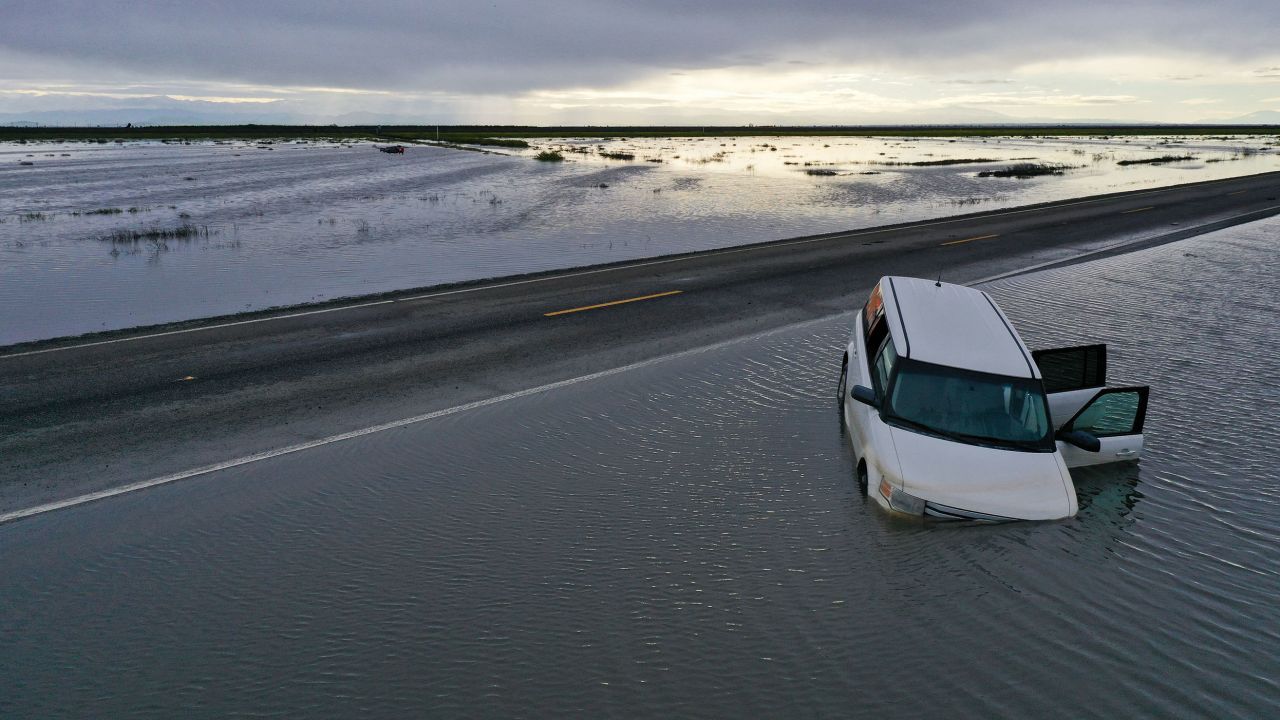
This record snowpack is good for reservoir storage since the snowpack stores water through the winter months and slowly releases it through the spring and summer melting season. The months of deluge have already helped raise the levels in the state’s largest reservoirs, Shasta Lake and Lake Oroville, bringing them back to historical averages. The reservoirs have risen by more than 100 to 180 feet respectively since December.
Rippey said end-of-February storage in the state’s 154 primary intrastate reservoirs is effectively normal for the end of winter, “But storage does not yet include the amazing snowpack that will melt in coming months.”
According to the California Department of Water Resources, these reservoirs gained almost 10 million acre-feet of water from November 30, 2022, to February 28, 2023 – an improvement from 67% to 96% of normal and from 35% to 61% of capacity. And additional storage gains have occurred during March, especially after recent storms. (An acre-foot is the amount of water that would fill one acre a foot deep – roughly 326,000 gallons.)
“We’re up approximately 7.5 million acre feet in California storage since last year at this time, so already a significant gain in water supply and this snowpack is going to benefit those reservoirs, as opposed to melt in the spring,” said Brett Whitin, a hydrologist with the California Nevada River Forecast Center. “But it will be a challenge to manage all this snowpack. I mean, there’s been record snow and a lot of these rivers have limited channel capacity downstream, so getting that water out safely is going to be a challenge.”
But overall, Andrew Schwartz, lead scientist at the Berkeley Central Sierra Snow Lab, previously told CNN that he is “cautiously optimistic” that all this snow will go far to alleviate the state’s reservoir concerns this year.
While the rain has largely benefited California, the situation in the drought-stricken Colorado River Basin remains dire: The country’s largest reservoirs – Lake Powell and Lake Mead – are hovering at or near record-low levels following several years of drought and continued overuse. But it could also improve in the coming months as snowpack levels rise in the region.
“It’s definitely moving in the right direction, but we’re far from filling the reservoirs in the Colorado River system and we’re far from being at a comfortable point from a water supply perspective,” Paul Miller, a hydrologist at the Colorado River Basin Forecast Center, told journalists last week.
Groundwater reserves
As the cocktail of rain and snow raise snowpack and reservoir levels, experts remain concerned about the state’s groundwater aquifers, which is another major source of water for residents, agriculture and industry, particularly in the Central Valley.
Daniel Swain, a climate scientist with the University of California in Los Angeles, previously told CNN that even with a huge winter like this, it won’t ultimately solve the groundwater problem. That’s partly because they expect drought conditions to return as the West’s climate changes, but also because there’s just too much demand on the system.
“This is not nearly enough, partly because it’s a supply and demand problem. We still got a lot of straws in the ground,” Swain said. “But you’d need multiple years like this in a row to really move the needle on recharging those aquifers.”
There are nearly 200 groundwater monitoring sites in California, according to data from the US Geological Survey, all of which show a variety of conditions from complete recovery to partial recovery of groundwater reserves.
“Complications in some areas include decades of over-pumping of groundwater, leading to land subsidence and decreased groundwater storage capability – you can see a couple of low well readings in the San Joaquin Valley,” Rippey told CNN. “More realistically, there is a bit of lingering ‘groundwater drought’ in northeastern and southeastern California.”
Experts have also been thinking about how California could harness all of the rainfall to help replenish groundwater. And they say the best thing to do would be to let the land flood in a controlled way, so it has a chance to absorb into the aquifers, instead of being channeled through levees, rivers and reservoirs and ultimately lost.
“We have to let our rivers flow differently, and let the rivers flood a little more and recharge our groundwater in wet seasons,” Peter Gleick, a climate scientist and co-founder of the Pacific Institute in Oakland, previously told CNN. “Instead of thinking we can control all floods, we have to learn to live with them.”
What’s ahead?
Gottschalck, of the Climate Prediction Center, said the Western spigot of rain and snow will likely turn off come April.
“Our model forecast information that we have and the other climate indicators that we’re looking at, it does look like that will probably shut off as we go into our early part of April,” Gottschalck said. “And at that point, normal climatological precipitation, for much of California, goes toward zero quite quickly, so we do think there will be a break.”
Water officials in California say that while the record-high snowpack and nearly full reservoirs are good news for the state, snow measurements on April 1 are considered the most important when it comes to forecasting the year’s water resources as well as the state of the drought.

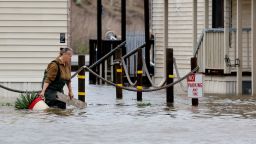
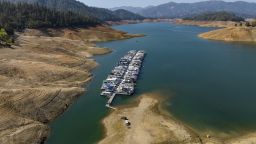
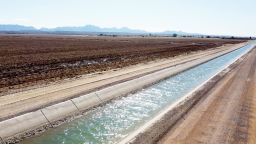
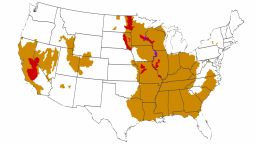
No comments:
Post a Comment